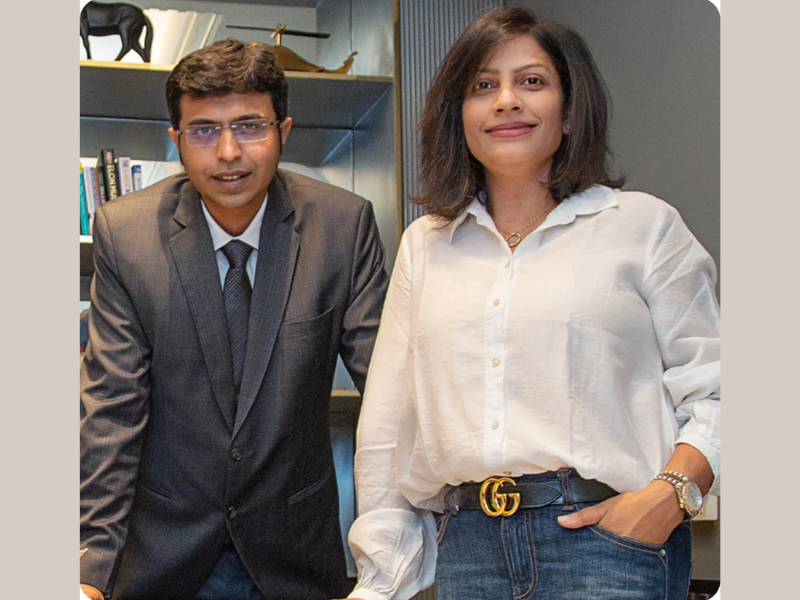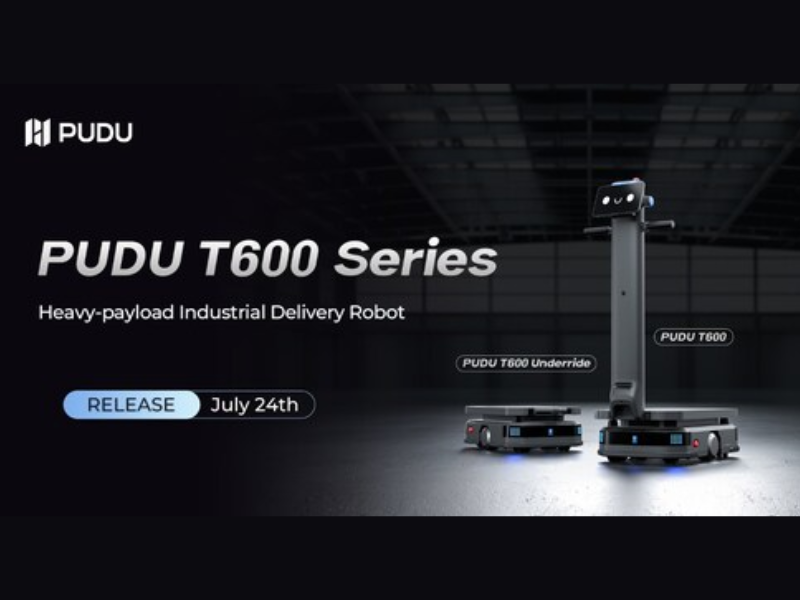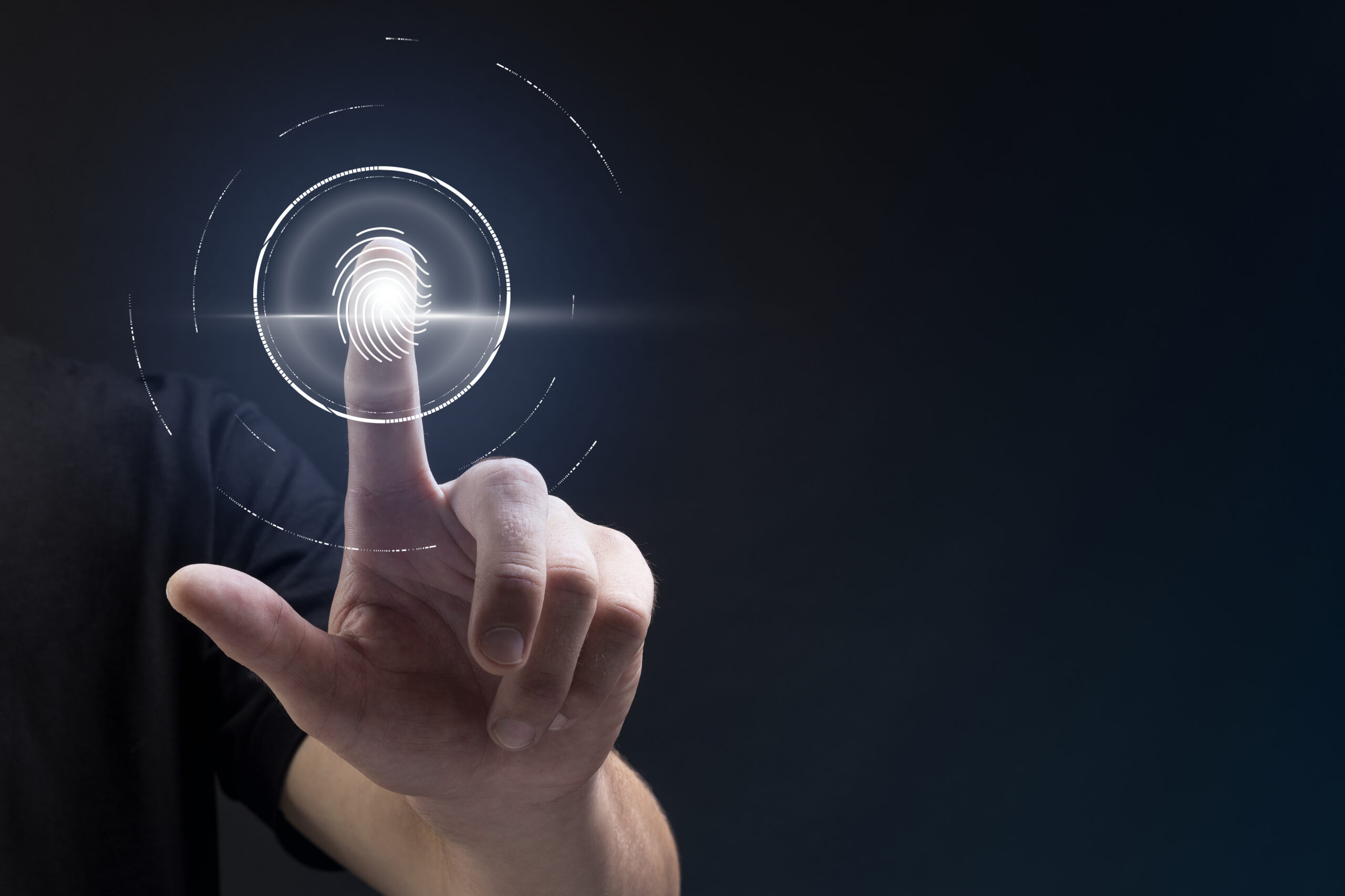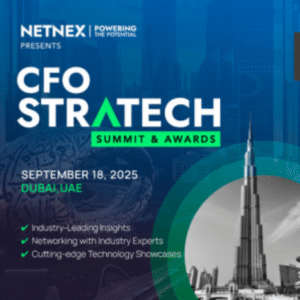Digital Transformation is a never-ending phenomenon that has become the need of the hour in this swifter, dynamic future information or data era. The age old adage ‘Necessity is the mother of all Invention’ stands its ground here as the current dynamic information era is at the loop of emerging latest technologies utilized for operating diverse business processes, merchandise and assets that creates an organization.
Globally, the European Union (EU), Asia-Pacific, Middle Eastern, and Latin American regions are all gearing up for a complete digitization of businesses for improved productivity standards, boosting competitive levels and sustainability. It will also aid in innovating the businesses and thereby diversification of portfolios.
A recent data report ‘Worldwide Digital Transformation 2022 Predictions’ by International Data Corporation (IDC) predicted that global spending on digital transformation in 2022 had touched 1.8 trillion dollars, a surge of approximately 17.6% compared to 2021. Given these figures, forecasts for 2023 display an increase in investment in digital transformation technologies.
As per a study from a prominent research firm, following are the smart technology trends that will trigger smart digital cities.
Artificial Intelligence Era coupled with Machine Learning
The popularity of Artificial Intelligence, which was triggered a decade ago has not slowed down. It has in fact reached its pinnacle and is going to be a common technology leveraged by everyone.
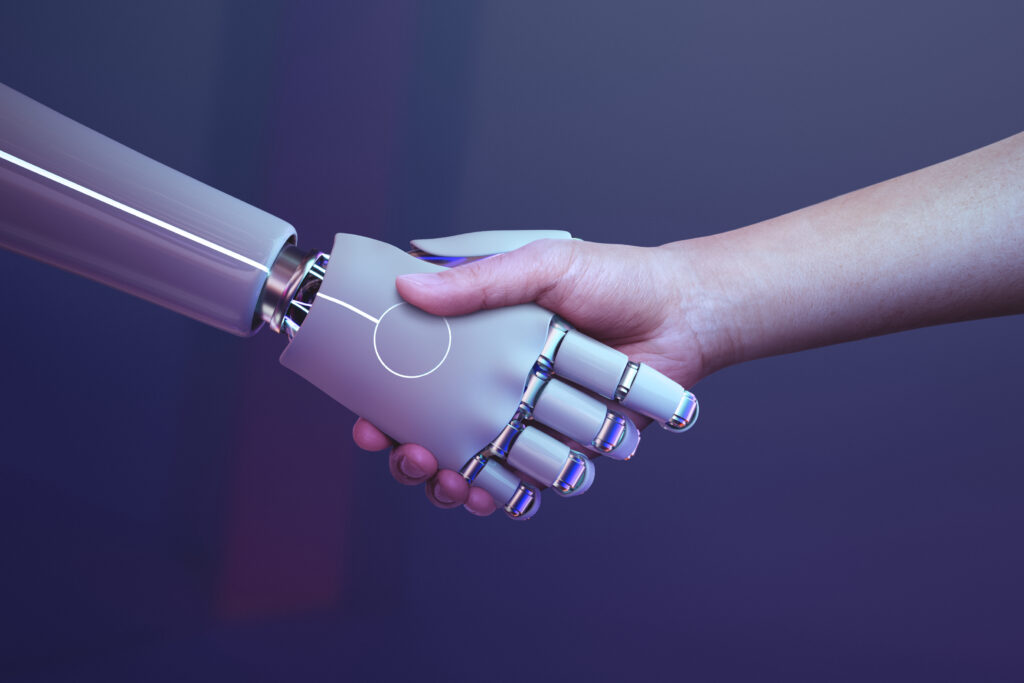
Virtual Digital Assistants: – As per reports, Artificial Intelligence will be spearheading USD9-15 trillion worth of Industrial revenues. Current modern scenarios demand Artificial Intelligence to be utilized for most image and speech recognition, navigation and voice assistant applications like that of Siri, Alexa and others.
In the next decade, AI along with Cloud Computing will aid big data transformation and will aid the construction of smart cities that are well-equipped and connected virtually.
The prominent industrial sectors that will utilize artificial intelligence will be Medicare, Pharmaceuticals, Logistics, Supply-chain Management, Transport, Cybersecurity etc.
Medicare and Pharma AI Utilization
Smart Artificial Intelligence (AI) along with Machine Learning have been instrumental in the complete transformation of Medical and Pharma firms. Scientific experiments in fields like neuro-linguistic programming, biotechnology, neural networks, Medicinal components testing and their utility in curing most dreaded diseases like Cancer are not only invaluable for the evolution of humanity but are also progressively expanding the job market.
Artificial Intelligence and ML utilization in Logistics, SCMs
Artificial Intelligence is the need of the hour for digitalizing the Supply Chain Managements (SCMs) as it aids in greater efficiency, visibility, and optimization.
Through Smart Simulations that can support SCMs, Logistics and Warehouse managers could curb the bottlenecks and set up smaller, flexible operational cloud-based AI software supported by Google and Microsoft. This has been instrumental for optimization and cost-saving methodologies and also aids in offering better, swifter supply chain sources.
Automating Inventory Management is the next step in AI which is achieved with the aid of advanced IoT management, Softwares and required skillsets. For example, units could be equipped with IoT tags that keep track of the status of each item. If the items inside each unit are perishable, the IoT tracker will keep track of how close the expiration dates are. The IoT tags can send data like this back to an AI hub that manages all of this inventory data.
Emergence of 5G, IoT (Internet of Things), Autonomous Things
he phenomenal difference between 4G and 5G Network is that 5G networks may ultimately be 100 times faster than 4G, allowing many more devices to connect, reducing latency to practically zero, and offering better reliable signals.
Second core thing is that this wireless technology shapes as the backbone for the sustenance of Internet of Things (IoT), which has got the power to expand the penetration of internet beyond computers and across a wide range of objects, processes, and environments. The IoT is the keystone technology for a future that comprises of smart cities, robot-driven transport, logistics, autonomous cars, and self-driving highway systems.
For businesses, it will endure recent trends and power them to the next level. Remote offices become more dependable under the 5G paradigm, and real-time data sharing of, say, live events or desktop captures will be seamless.
As for the IoT, it aids in removal of the intermediate steps that curbs the productivity.
Autonomous Things are devices utilizing the advanced arms of Artificial Intelligence (AI), Machine Learning (ML’s), Internet of Things (IoT) and Robotic Process Automation (RPAs). Prominent autonomus things utilized by Human beings includes Robots, Drones, advanced fleet automotives and many more.
Emergence of the Blockchain Technology
The very mention of the “blockchain” actually is misinterpreted as ” bitcoin.” That’s not too surprising as the financial and banking sectors were the first to experience blockchain technology in action. The thing is, blockchain is far more than just bitcoin.
Blockchain is the decentralized network of the big daddy of data records known as ‘Ledgers’ that contains just a fraction of the data so even if someone gains unauthorized access, they will not be able to piece anything meaningful together. The permanent record is not stored in one location but exists on nodes spread across the system. This design makes it difficult to lose records or tamper with them.
Blockchain Technology is decentralized data that is even unknown and doesen’t come under the radar of governments and hence is secured to a larger extent. This is the reason why organizations eye blockchain utilization. Blockchain can be utilized in the Healthcare sector to store and share health records.
Blockchain as secured Voting Platform: – It could underpin a secure online voting platform.
Blockchain to aid Logistics and SCMs: – It could track logistics across international supply chains. This can also digitally aid the logistics and SCM suppliers to create shorter routes so as to save time and efficiently manage supply-chain demand thereby resulting in higher productivity.
Hyper Automation as a vital edge
Understanding how automation methods are related and how they might be combined to simplify work at every step is the focus of hyper automation. According to a popular research firm, most companies are already looking at transforming all the processes into automated robotic processes, often known as RPA. It is said to be a safe bet prediction as the future will always involve robots, and this is no exception.
This trend will power the future specifically in Logistics, Transport and tourism, Warehouse management and more.
Advanced Hyperloop facilities will be set up as lead tech firms are already working for setting up the hyperloops in wide variety of sectors. This will in turn aid in swifter transport, distribution channels, effective and efficient production standards and more.
3D Printing
3D printing is a digitally-operated manufacturing technology in which physical objects are printed by a 3D printer based on the specification of a digital 3D model. The manufacturing process is additive, which means that an object is produced layer by layer rather than milling or turning a larger object down to the desired shape.
As per a lead research firm study, 75% of new commercial and military aircraft will incorporate 3D-printed engines, parts and also feature stealth technology that will be invisible to the finest radar and safety equipment.
Augmented Reality and Virtual Reality Edge
Virtual reality (VR) is a technology that allows the user to interact in a computer-simulated recreation of a real environment. Augmented reality (AR) is a fusion of VR where reality and a computer-simulated environment are merged.
The newest study in the tech industry show that the AR market will surpass USD 540 billion by 2028, whereas the VR market could bring in revenues as large as USD 75 billion in 2021.
Smart Spaces
In the Current Modern day scenario, smartphones and smart wearables have become the need of the hour. We rely heavily on smart connected devices around us.
Smart spaces are one of the latest tech trends that is deeply intertwined with the growth of IoT. The number of devices connected to the IoT network will pass the 30 billion mark in less than two years, which offers exciting prospects for fully digitized homes and work spaces.
Final Thoughts
Big data technology keep changing and is ever dynamic with the world of web already packing massive amounts of data. There is no way to know whether all the new technology trends of 2023 will take off and have an immediate impact.
Navigating these technological shifts will certainly challenge business leaders for years to come. But by keeping an open mind to the possibilities, they can chart a path that predicts dangers and capitalize on these emerging technologies.



